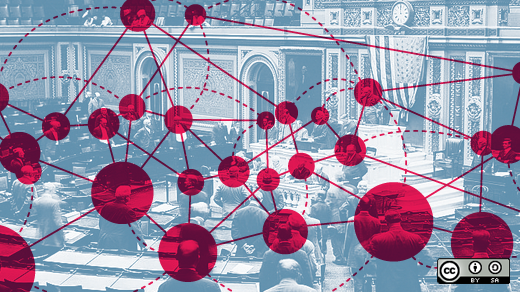People in tech companies and particularly in open source communities believe in and value meritocracy—letting the best ideas win. One thing that's become increasingly clear to me over the past few years is this: meritocracy is a great driver of innovation, but if we want to get to the best ideas, we need diversity of thought and an inclusive environment where everyone feels welcome to participate and offer different perspectives. Indeed, to live up to our ideal of meritocracy, we must consistently question and seek to improve it.
Ways to bring it to life
I'm passionate about diversity and inclusion, and I'm grateful for the opportunity that my role as Red Hat's Chief People Officer provides to explore and experiment with different types of approaches. Recently, the People team hosted a pilot workshop with the Stanford University Clayman Institute, where we got some ideas on how to promote an inclusive environment within our own teams.
Dynamics vary considerably from one Red Hat team and department to the next (not to mention within the open source communities where our associates contribute!), and that makes it challenging to offer sweeping solutions or training. However, I took three tips away from the workshop that I believe many people could use, regardless of their roles:
Invite input from quiet and overlooked individuals
Create opportunities for them to speak up and contribute. Highlight the knowledge and insight they bring to the table, and open the door to constructive feedback:
- "I haven't heard anything from _____ so far. You're our designer; I'm curious what you think about this plan."
- "_____, you often notice things that others don't. What are we missing?"
Interrupt interrupters
Try saying:
- "I'd like to hear the rest of what _____ has to say before we move on."
- "Wait a moment, I'm interested in what _____ was saying about this. (Please, continue.)"
Make effective introductions
The way you introduce someone conveys information about their performance and contributions. Take the time to highlight their strengths and accomplishments, and how others might benefit from getting to know them better:
- "This is ______. He's been a great partner to me on one of our engineering projects, one of the best QA folks I've ever worked with..."
- "This is ____. I've been wanting to introduce the two of you, because she heads up sales in your region, and in fact, she's surpassed her sales quota by a wide margin two quarters in a row."
I also picked up two more ideas from Daniel Goleman's New York Times article, How to be emotionally intelligent, and from a 7 Habits of Highly Effective People workshop:
Be an active listener
Give your full attention to each person who is speaking, and take the time to understand what they're saying. Ask clarifying questions. Don't hijack conversations with your own agenda.
Seek first to understand, then to be understood.
When you explore other perspectives, you develop a more nuanced view of your own. You invite questions and diversity of thought. You explain things in a way that resonates with others—and sometimes you shift your own perspective along the way.
Together, we can do more
I'm sharing these tips because it's becoming increasingly evident that technology companies and open source projects benefit from promoting an inclusive environment and valuing diverse perspectives. We've even made it part of one of Red Hat's company-wide goals this year, and added some questions to our annual Red Hat Associate Survey that measure how we're doing on inclusion, including:
- I have opportunities to work on assignments that are important to my career.
- Diverse perspectives are valued at Red Hat.
- I feel comfortable speaking up in team meetings, even when my views differ from my co-workers.
This is an area where we can all make an impact, and I believe that everyone benefits when people share what we learn along the way. So, please, share these tips with your network. Try them out yourself. Reply to this article and tell us what works, what doesn't, and what other ways you've found to promote an inclusive and meritocratic environment.






2 Comments